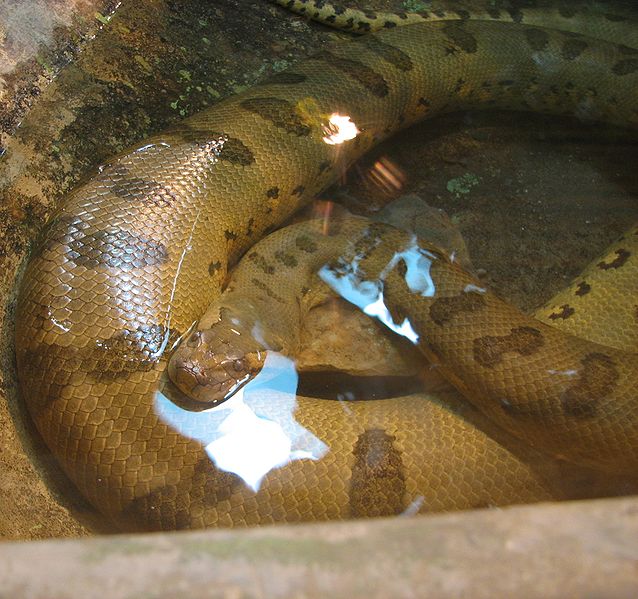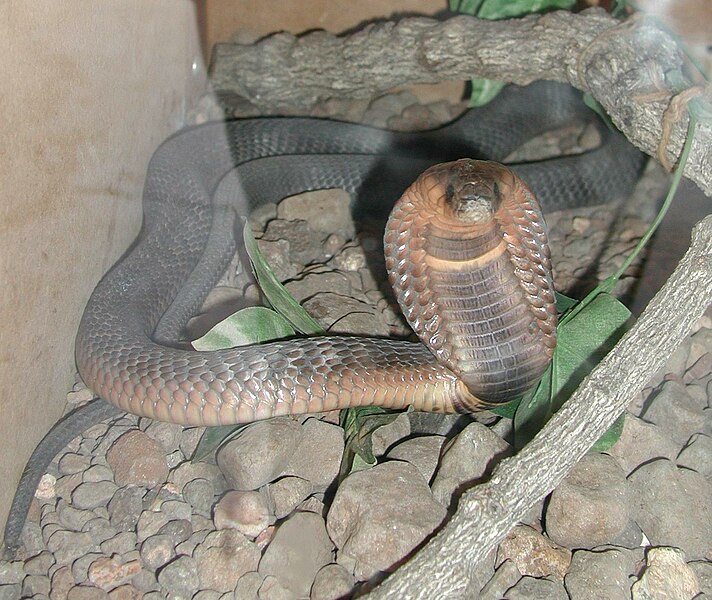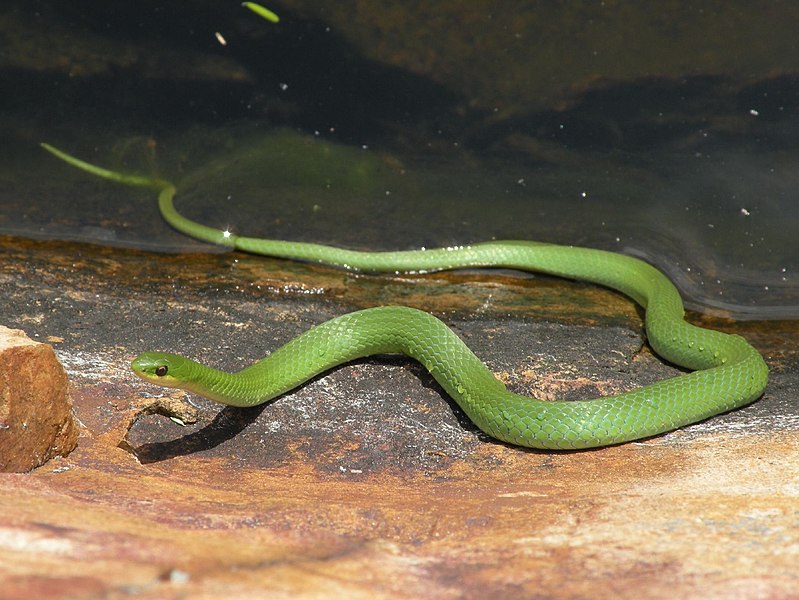 Working with Green Anacondas (Eunectes murinus) in the Bronx Zoo and participating in a capture/tagging project in Venezuela was a childhood dream come true. While I cannot recommend a potentially deadly behemoth as a pet, interest in them is always high…today I’ll highlight the natural history of this impressive giant.
Working with Green Anacondas (Eunectes murinus) in the Bronx Zoo and participating in a capture/tagging project in Venezuela was a childhood dream come true. While I cannot recommend a potentially deadly behemoth as a pet, interest in them is always high…today I’ll highlight the natural history of this impressive giant.
Description
A stout animal that may exceed 400 pounds in weight, this is the world’s heaviest snake. It vies with the Reticulated Python for the title of longest serpent.
In the past, 25-foot-long animals were encountered, but an individual approaching 20 feet is considered large today. There is a fairly reliable record of a 33-foot-long Green Anaconda; an unverified field report from Eastern Columbia (1944) claims an individual of 37.5 feet. In the course of tagging over 500 specimens, the largest I and my co-workers encountered in Western Venezuela was just over 17 feet long and tipped the scale at 215 pounds. Read More »
 That Reptile Blog – Reptile, Amphibian and Exotic Pet Care and Information
That Reptile Blog – Reptile, Amphibian and Exotic Pet Care and Information



